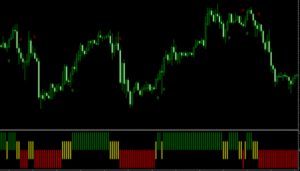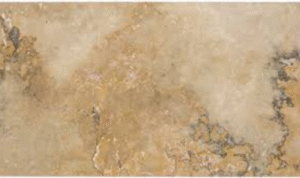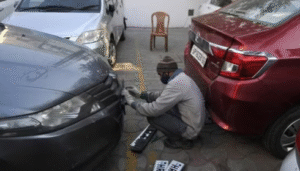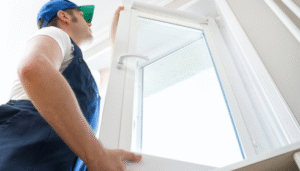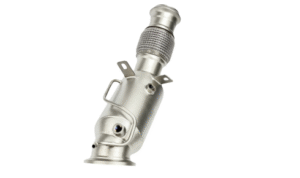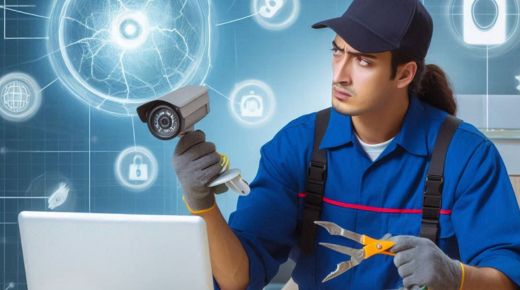
security systems
Modern security systems provide homes and businesses with peace of mind, offering protection against theft, intrusion, and other potential threats. However, there are times when you might need to remove or replace existing video monitoring, security systems, alarms, or other components. This could be due to an upgrade, relocation, or a shift in security needs. In this guide, we’ll walk you through how to safely remove various security system components, including video monitoring and alarm systems, and discuss important considerations for future security system installation and consulting.
Why You Might Need to Remove a Security System
Security systems, while incredibly useful, may need to be uninstalled for several reasons. Here are some common scenarios:
- Upgrading to New Technology: Older security systems may lack the advanced features of newer systems, such as smartphone integration, AI-driven monitoring, or high-resolution video.
- Relocating or Moving: When moving to a new location, you may need to uninstall your current security system to reinstall it at your new place.
- Switching Security Providers: If you are switching providers, you may need to remove the existing system for a new one to be installed.
- System Malfunctions: Some systems may develop faults over time, and if repairs aren’t feasible, removing and replacing the system may be the best solution.
How to Safely Remove Video Monitoring Components
Video monitoring systems often include cameras, recording devices, and wiring. Properly removing these components requires careful handling to prevent damage to both the equipment and the building. Here’s how to do it:
- Turn Off Power: Disconnect the power to the video monitoring system to avoid electric shock. This could involve turning off a circuit breaker or unplugging the system from an outlet.
- Unplug and Detach Cameras: Carefully remove each camera from its mounting. Unscrew any brackets or mounting plates, and gently detach the camera to avoid damage.
- Remove Wiring: If your system is wired, carefully pull out the cables. For installations through walls or ceilings, consider seeking professional help to avoid damaging structures.
- Collect Recording Equipment: Many systems include DVRs or other recording devices. Disconnect these and store them safely for later use or disposal.
Removing Security Systems and Alarms
Security systems and alarms typically include multiple components, such as control panels, sensors, and sirens. The steps to remove these systems vary based on the type of installation but generally include:
- Disarm and Power Down the System: Begin by disarming the system through the control panel or app, and then disconnect the power. For battery-operated components, remove the batteries to deactivate them.
- Uninstall Control Panel: The control panel is often wall-mounted, so carefully unscrew it and disconnect any wiring. If it’s a hardwired system, consider hiring a technician to avoid accidental electric shocks or damage to the wiring.
- Remove Sensors and Detectors: Detach door and window sensors, motion detectors, and glass break sensors. Gently remove these from their mounting points to avoid damaging the adhesive or surrounding surfaces.
- Disconnect Alarms and Sirens: The alarm box or siren may be connected to the control panel with wires. Disconnect these wires and carefully remove the unit from its position.
Security System Installation: What to Consider When Reinstalling or Upgrading
If you’re planning to reinstall or upgrade your security system, here are some factors to consider for a smooth installation:
- Consult with Security Experts: A security consulting service can help you determine the best setup for your needs. Experts can assess your property and recommend the optimal placement for cameras, alarms, and sensors to maximize coverage.
- Evaluate New Technology: Modern security systems offer features such as remote monitoring, integration with smart home devices, and AI-based threat detection. These features can improve both convenience and protection.
- Choose Professional Installation: While some systems are DIY-friendly, a professional security system install can ensure the system is properly configured, reducing the risk of malfunction or vulnerability.
- Consider Future Upgrades: Ensure that any new system you choose is compatible with future upgrades or expansions. A modular system will allow you to add more cameras, sensors, or other devices as your needs change.
Importance of Security Consulting
Whether you’re removing an old system or installing a new one, security consulting can be invaluable. Professional consultants assess your unique needs, providing recommendations on equipment, system layout, and usage based on the layout and needs of your property. Additionally, they can provide guidance on managing and monitoring your security system, ensuring you’re using it to its full potential.
Consultants can also help you stay compliant with any local regulations or requirements, particularly for commercial installations where security standards may be mandatory. Consulting services can be tailored to address specific concerns, such as increased coverage for vulnerable areas or enhanced cybersecurity for systems with online connectivity.
Disposal and Recycling of Security System Components
Once you’ve removed your system, it’s essential to dispose of or recycle components responsibly. Many of the materials, such as wiring, cameras, and control panels, can be recycled. Check with local e-waste facilities or electronic stores that offer recycling services.
Some equipment may also have resale value. For example, high-definition cameras or newer recording devices can be sold to individuals or businesses looking for affordable security options.
Conclusion
Removing a security system, whether it’s video monitoring, alarms, or an entire security setup, requires careful planning and attention to detail. Following a structured approach can make the process smoother and help prevent damage to the equipment or property. When it’s time to install a new system, consider consulting with professionals to ensure you get the best security solution for your needs.
Security systems are an essential investment for safety, and having expert advice from security consulting services can help you maximize your protection while adapting to changing technology. By following these guidelines, you’ll be well-prepared to handle the removal, installation, and upgrading of security systems with confidence.


